Today the United States of America stops in celebration of the Fourth of July, the Independence Day, its birthday!
I am sure though most Americans were taught the relevance and history of this memorable date, it’s a very interesting subject to cover for the rest of the people of the world.
Even more for Latin Americans, because it is all connected to the independence processes that would soon occur throughout the American Continent.
So if you are in the US or you’re planning a trip there, it’s key to know how it all came to be!
Here’s how it all happened:
The British Empire loses its grip
After the disputes between France and the British Empire during the 17th and 18th century and the victory of the British, it was decided that they would take the north of the American continent, while the French would get the Antilles islands in the Caribbean.
A few remnants of French culture remained, like Louisiana and Canada, but still under British rule.
It was then when inhabitants of the Thirteen Colonies started wondering if they still needed the protection of the British Empire in their land, now that the French were no longer a threat.
Meanwhile in England’s king George III intended to reign as an absolute monarch, something not possible at the time, since the Parliament had already implemented.
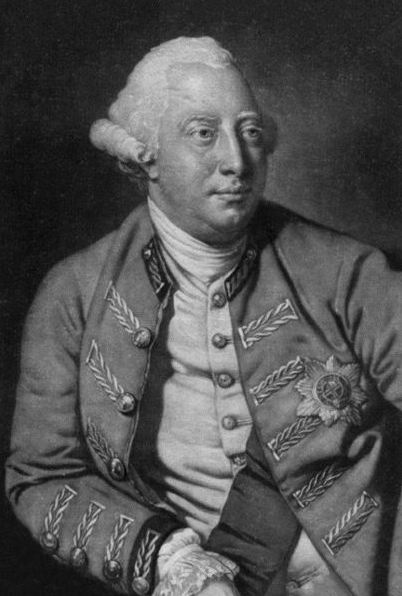
George III of England. Photo: Wikipedia.
Please copy and paste the following link to go to the original image:
http://www.culturaltravelguide.com/wp-content/uploads/2012/07/fourth-of-july-george-iii.jpg
So he decided maybe he’d be absolute monarch of the colonies in America. He started by imposing new taxes on the colonies, to recover some of the money invested in the war against France.
After all, the direct beneficiaries of Britain’s victory over France were the colonies.
Of course, people in the colonies figured why pay taxes to the British Empire, when their purpose had been to leave them behind by immigrating to America?
France wasn’t a threat anymore, the war was over and the idea from the beginning was to have autonomous colonies and escape the monarchy and religious intolerance in England.
Plus, the colonies didn’t even have any representation in the British Parliament.
The last straws
The British army was sent to the colonies to try and control the situation. People were expected to have them as house guests, a fact that most didn’t care for.
New property transactions taxes were imposed, which people didn’t care for either. Who were the British to impose taxes on a personal transaction?
The British also tried to force the colonies to make business with them only and create a monopoly, when there were already commercial relations with other countries.
Remember, the colonies are not imperial projects. They are private enterprises of people that arrived to America fleeing the intolerance in the Great Britain.
The conflict
George III allowed for tea to remain taxed. In 1773 colonists boarded the tea ships that were at Boston Harbor and threw the tea overboard.
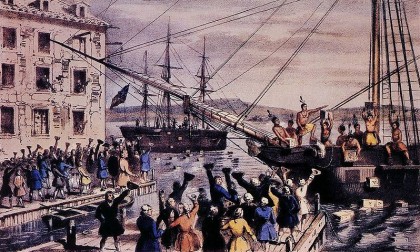
Boston Tea Party. Photo: Wikipedia. This iconic 1846 lithograph by Nathaniel Currier was entitled “The Destruction of Tea at Boston Harbor”; the phrase “Boston Tea Party” had not yet become standard. Contrary to Currier’s depiction, few of the men dumping the tea were actually disguised as Indians.
Please copy and paste the following link to go to the original image:
http://en.wikipedia.org/wiki/File:Boston_Tea_Party_Currier_colored.jpg
This event known as the Boston Tea Party became the spark that ignited the flame of freedom in North America.
The whole movement was going on inside the triangle Virginia – Boston – Philadelphia and George III tried to suppress any more revolutionary acts by punishing and separating Boston and making an example of it.
The colonies then became even more radical in their independence efforts.
There were battles like Lexington, Concord and Bunker Hill and war begun. But a lot of the English people didnot agree with the war and it was very unpopular.
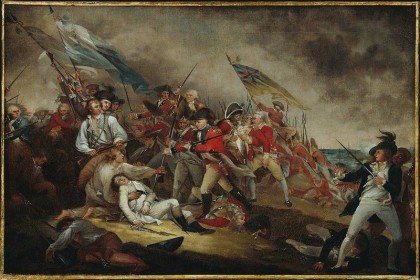
The Death of General Warren at the Battle of Bunker Hill by John Trumbull. Photo: Wikipedia.
Please copy and paste the following link to go to the original image:
http://upload.wikimedia.org/wikipedia/commons/thumb/9/91/The_death_of_general_warren_at_the_battle_of_bunker_hill.jpg/800px-The_death_of_general_warren_at_the_battle_of_bunker_hill.jpg
The Declaration of Independence on the Fourth of July, 1776.
During the war, 56 people signed the Declaration of Independence, a written declaration that states that the people of North America were not subjects of the British Empire. They had never been.
In itself the declaration was considered an act of treason against the British Empire.
Among the people were John Hancock, Thomas Jefferson, Samuel Adams and Benjamin Franklin.
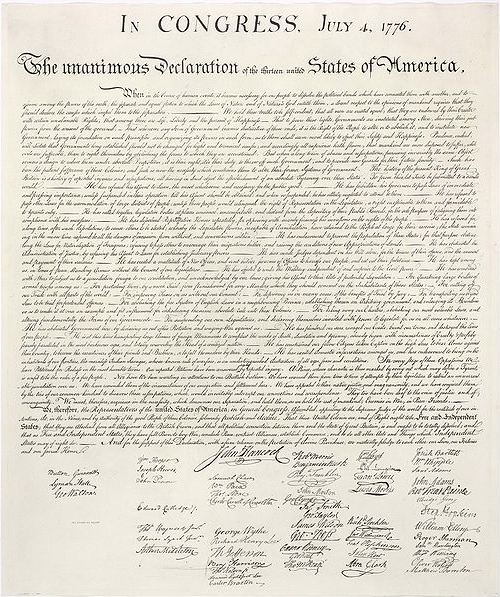
United States of America Declaration of Independence. Photo: Wikipedia.
Please copy and paste the following link to go to the original image:
http://upload.wikimedia.org/wikipedia/commons/0/07/Us_declaration_independence.jpg
This was the first public document that recognized that all men are equal in its famous lines:
“We hold these truths to be self-evident, that all men are created equal, that they are endowed by their Creator with certain unalienable Rights, that among these are Life, Liberty and the pursuit of Happiness.”
This was the first step towards a modern state. Of course the contradiction between this statement, the Indian nations and slavery is something that wouldn’t be resolved for nearly another century.
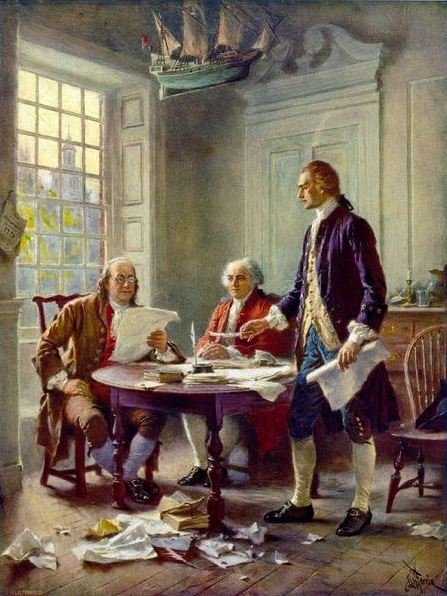
Thomas Jefferson (right), Benjamin Franklin (left), and John Adams (center) meet at Jefferson’s lodgings, on the corner of Seventh and High (Market) streets in Philadelphia, to review a draft of the Declaration of Independence. Photo: Wikipedia. Artist: Jean Leon Gerome Ferris (1863–1930).
Please copy and paste the following link to go to the original image:
http://www.culturaltravelguide.com/wp-content/uploads/2012/07/fourth-of-july-declaration-of-independence-02.jpg
As conflicting as it may seem, Benjamin Franklin got the help from the French to defeat the English with the performance of French heroes like Gilbert du Motier, marquis de Lafayette.
After all of these conflicts, the war ended in 1781. In 1783 the British Empire recognized the independence of the colonies with the Treaty of Paris and they finally retreated.
The Thirteen Colonies became a country
The colonists came together, decided in favor of a federal government, created a constitution and then they made amendments to it.
Even though it would be expected for them to fight each other as it usually happens during independence processes when the common enemy has been defeated, they remained united.
They had a shared goal: To expand to the west.
Inspiration?
Absolutely! The American Independence movement was a beacon, an example that all American nations would follow.
It was proof that it was possible to be free, especially free of monarchy. And it was evidence that a new modern state where equality between humans was the rule could be created.
With the independence of the United States as a model, the independence movements in Latin America caught great momentum.
The Fourth of July celebrations
It’s the 236th anniversary of the Declaration of Independence, and you know how Americans love to throw a big party!
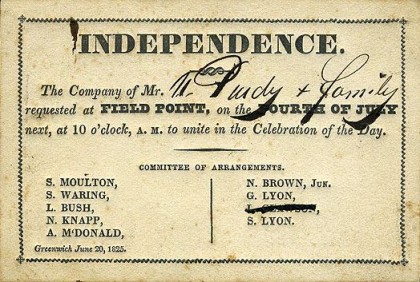
A 1825 invitation to an Independence Day celebration. Photo: Wikipedia.
Please copy and paste the following link to go to the original image:
http://upload.wikimedia.org/wikipedia/en/a/a2/InvitationIndependenceDayGreenwichCT06201825.jpg
If you happen to be today in Washington and you visit the National Mall, you will understand better why there are so many magnificent monuments to the men who created this nation.
And you can also enjoy the fabulous fireworks!
Have you ever been to the USA during a Fourth of July celebration? Share your experience!
Are you an American who wants to share how you celebrate in your hometown?
Awesome! Join the conversation in Facebook!
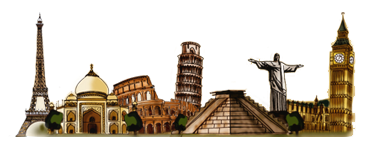
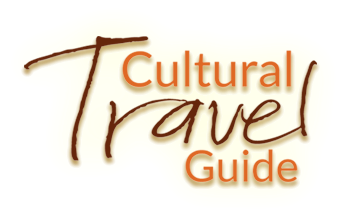


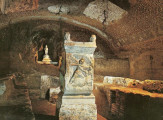
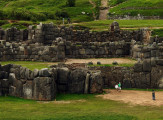
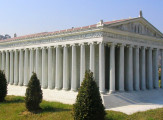
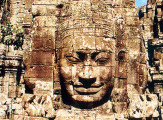
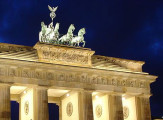
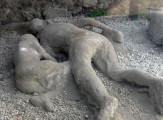
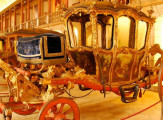
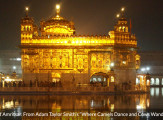




















America, F Yea!